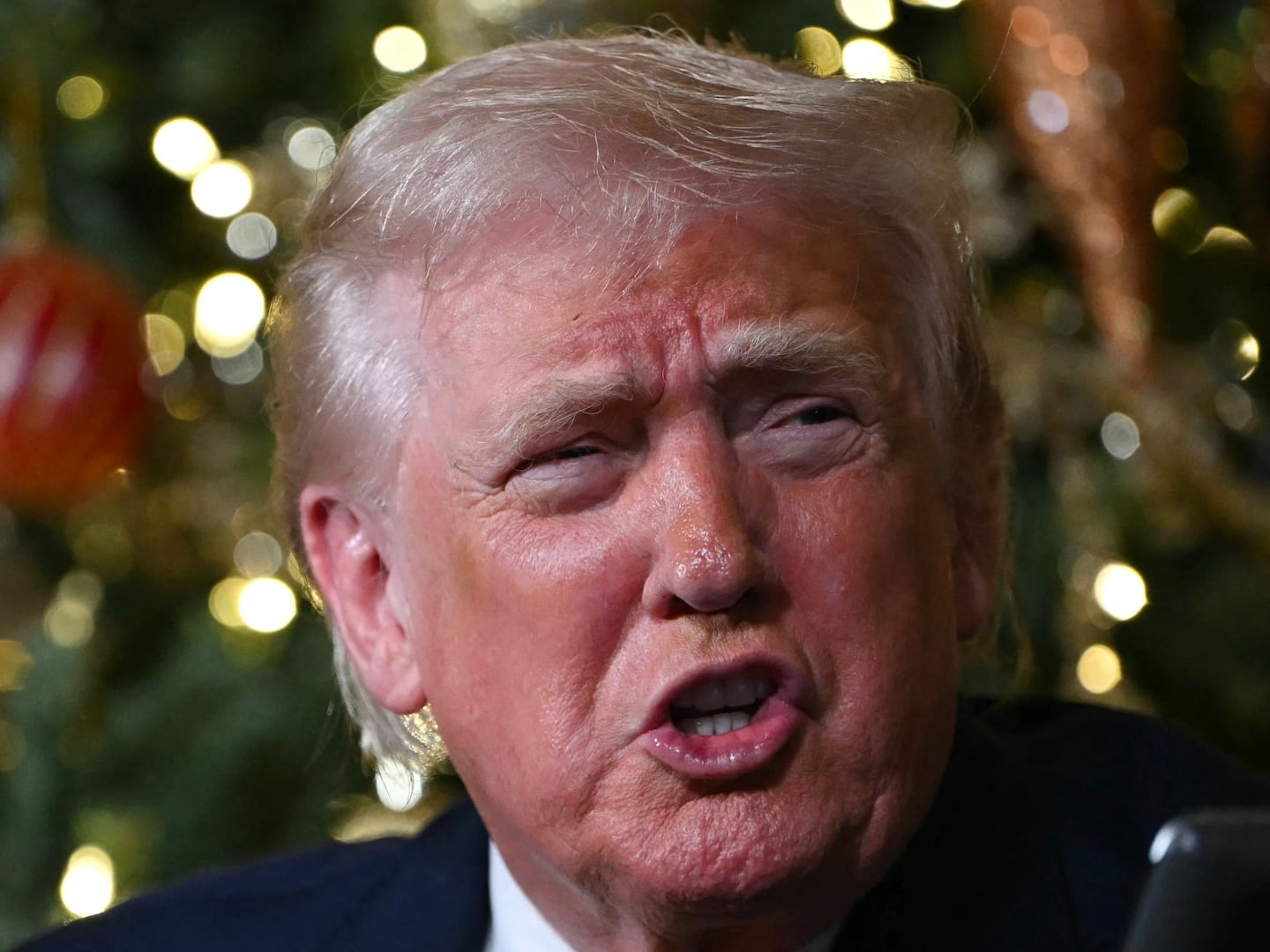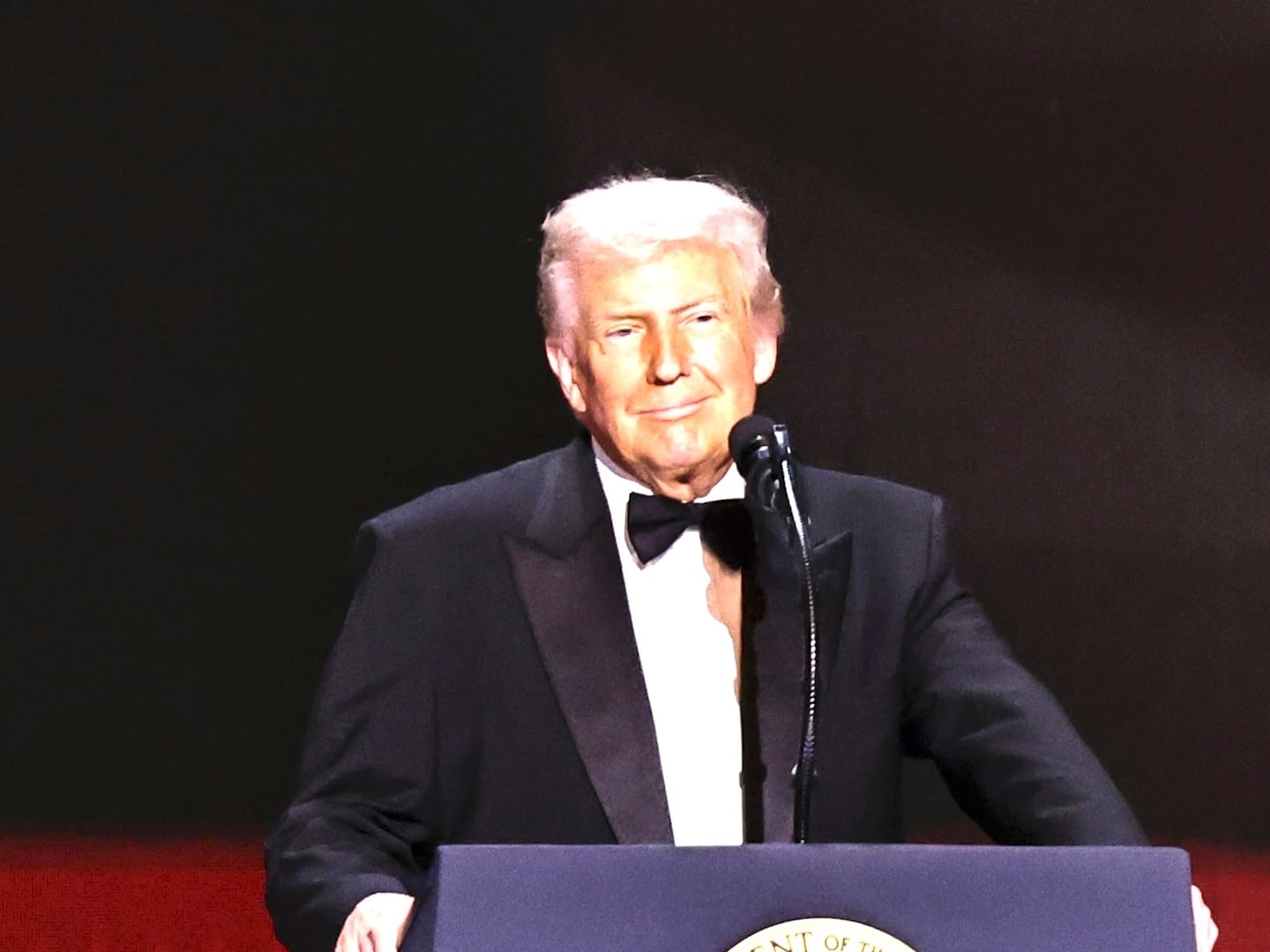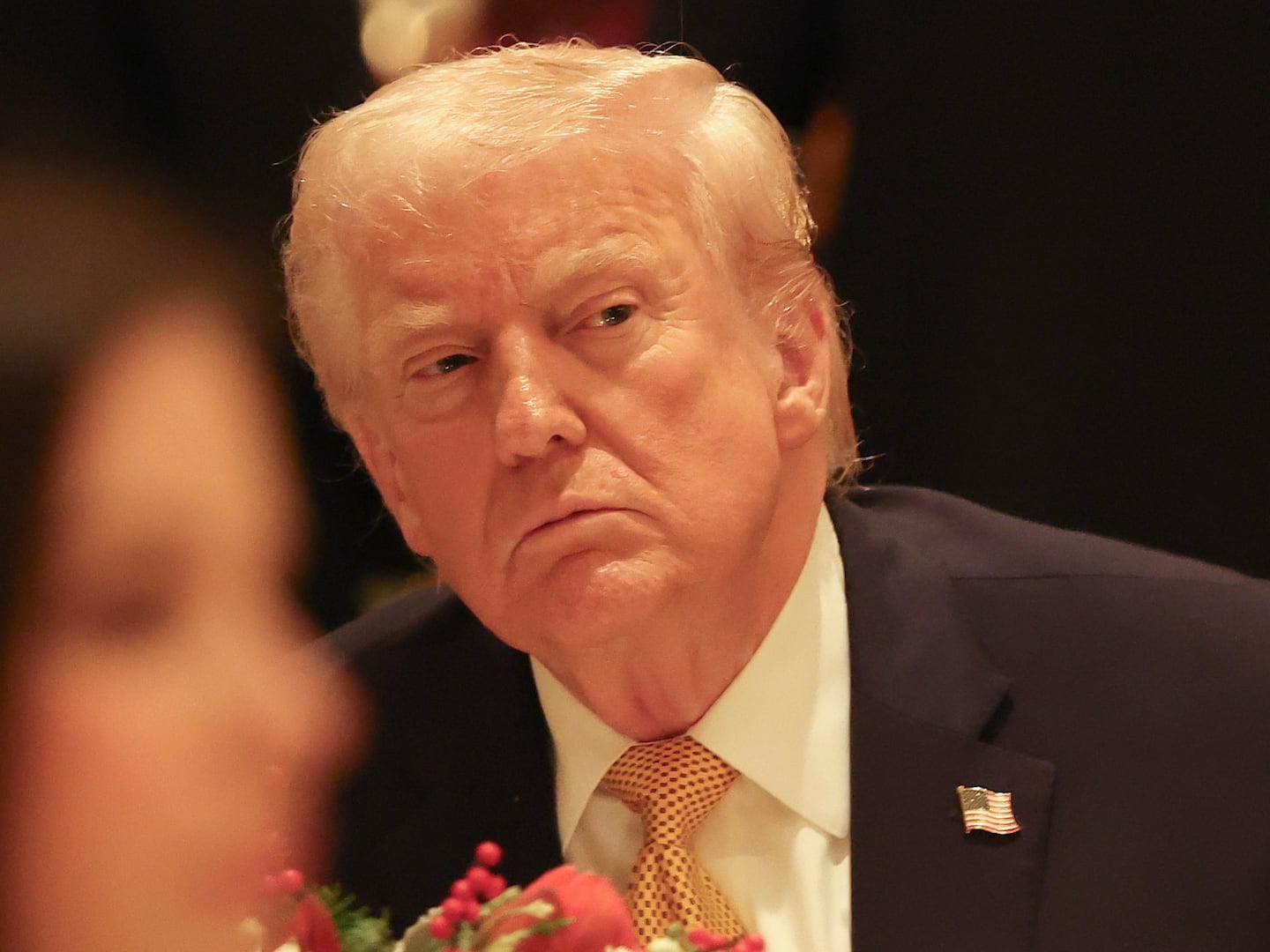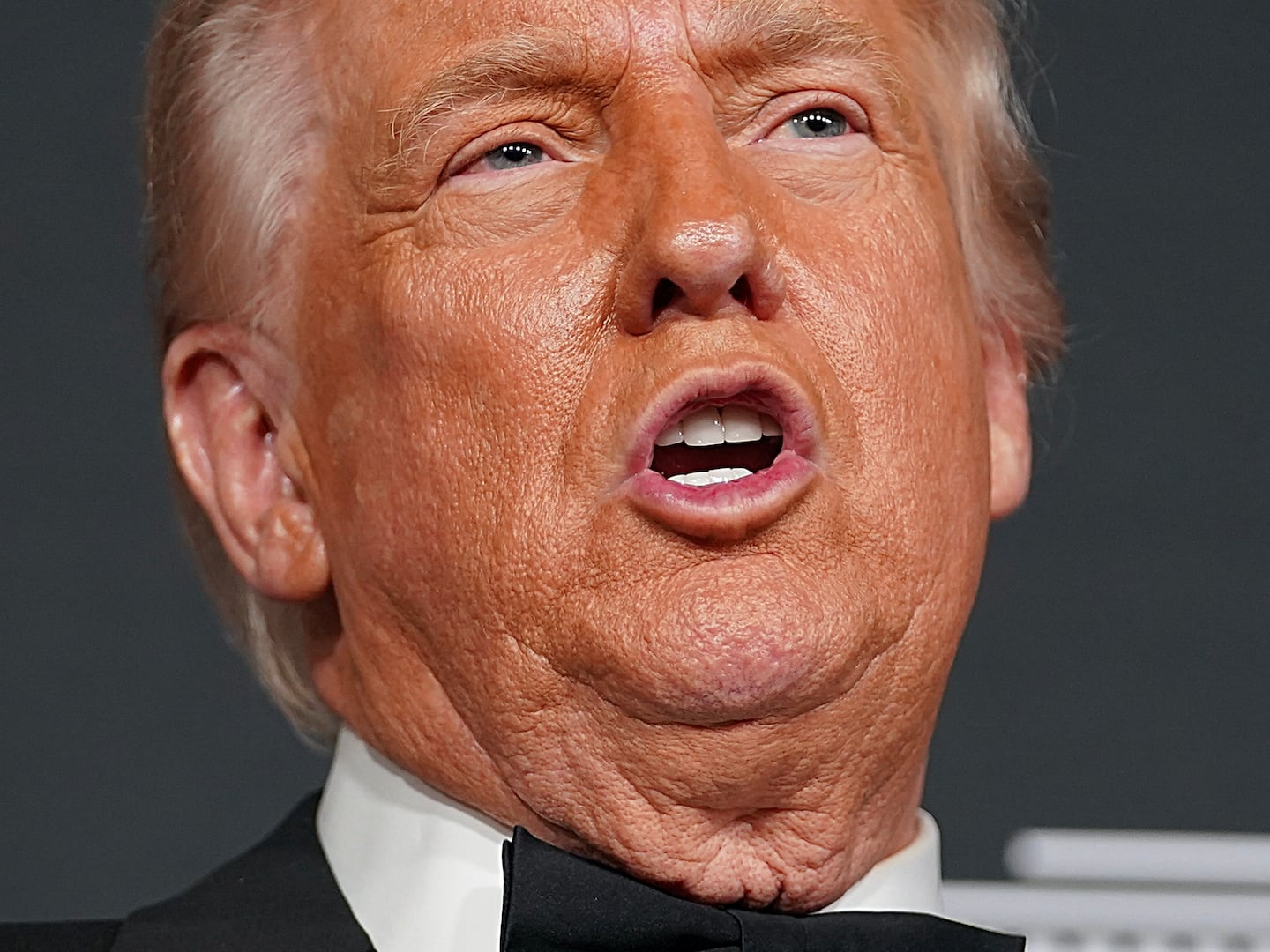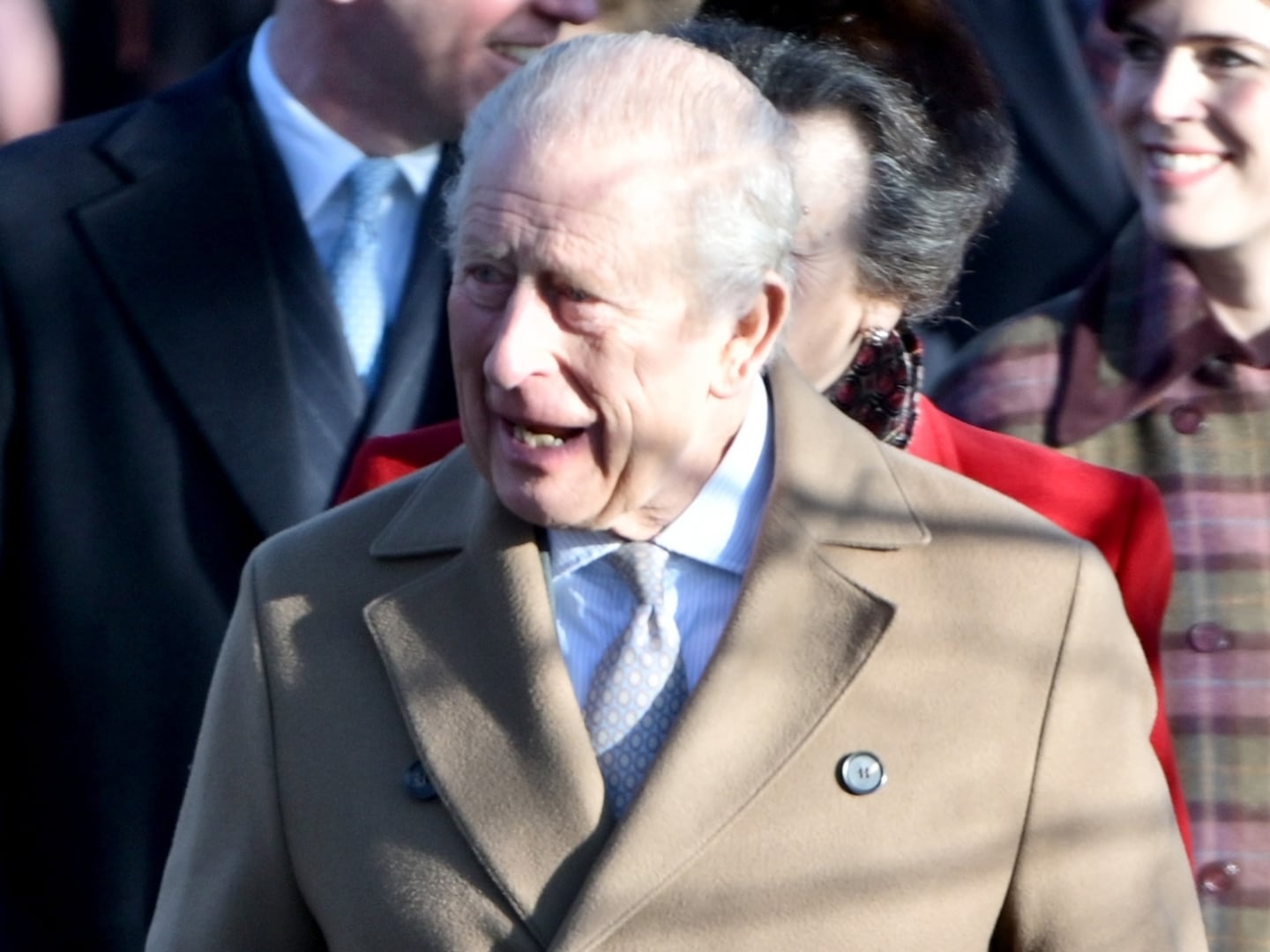There are fewer than 20 researchers in America studying the cause of firearm violence—which kills five times that many people every day.
It’s a byproduct of a 1996 bill passed by Congress, the Dickey Amendment, which eliminated $2.6 million from the Centers for Disease Control and Prevention’s budget, the exact amount it was using to study gun ownership. When the money was later restored, a clause was added mandating that it not be used to “advocate for or against gun control.”
Although the CDC’s research until then had been independent and not meant to advocate for gun control, the results had been damning. Many believe it was a 1993 study published in the New England Journal of Medicine that inspired the National Rifle Association to pressure Congress to pass the Dickey Amendment. The study found a “strong” association between guns in homes and an increased risk of homicide.
For 17 years, the command went virtually unchallenged. That looked poised to change in 2013 when, disturbed by the Sandy Hook massacre, President Obama issued more than 23 executive orders relating to gun use in the United States. One directed the CDC to “research the causes and prevention of gun violence.”
The memorandum gave the CDC the authority to research gun violence but not the funds. In the two years since, the money needed to conduct research on guns is nowhere to be found.
Dr. Fred Rivara was one of the first researchers to study gun violence prevention in the mid-1980s and was a corresponding author on the 1993 NEJM study that prompted the Dickey Amendment.
After decades without government support or outside funding, he’s one of the few gun researchers left.
Rivara sounded discouraged when I reached him on the phone. For a man who foresaw the danger of guns six years before Columbine, it’s not hard to understand why. “It’s incredibly frustrating,” he said of the San Bernardino massacre. “I think what’s really frustrating is that there’s no end in sight. None of us believe that right now there’s going to be any reason why we won’t have more of these incidents, because nothing’s been done.”
The president has requested $10 million from Congress for gun violence prevention research in 2016. It is the same amount he asked for in 2014 and 2013, of which he received $0.
The money is part of an initiative he created called the Now Is the Time, which aims to “equip Americans with needed information.”
Under the auspices of the initiative, Obama asked the Institute of Medicine and The Research Council to develop a research agenda to figure out which areas of study should be targeted—and whether they would make a difference. The committee concluded that “significant progress” could be made in reducing gun violence in as few as three to five years of research.
Alan Leshner, chairman of the study’s committee and CEO of the American Association for the Advancement of Science, said the agenda had the potential to enact positive change. “Although this research agenda is an initial, not all-encompassing set of questions, it could help better define the causes and prevention of firearm violence,” he said. “Similar approaches to public health problems have produced successes in lowering tobacco use, accidental poisoning, and motor vehicle fatalities.”
It’s the motor vehicle example that Rivara points to as a parallel to gun violence prevention research. “Motor vehicle crashes per mile driven have decreased dramatically over the last 50 years,” he said. He is correct. In the last 10 years alone, driving fatalities have dropped by 25 percent. Now, in at least 17 states, you’re more likely to get killed by a gun than a car.
The dramatic reduction, he said, is due to a combination of vigorous research and an agency that can enforce regulations. It’s the first one, he said, that’s missing in guns. “Researching your testing solutions is key,” he said. “We haven’t had the funds to test a lot of interventions.”
Rivera disputed the suggestion that the NRA has scared researchers out of studying gun prevention. That idea is “incorrect,” he said. It’s the lack of money, not the threat of the NRA, that’s left a tiny pool of people like him. Most of the 15 to 20 researchers who are still performing small studies on gun prevention—like Rivara—are in their 60s. That’s something the group has been trying to change.
Recruiting young researchers for an issue there is no money to research has been difficult, and Rivara said he is running out of hope. He’s tired of watching the same scene unfold, and he said he thinks the president seems to be, too. “You can hear it in Obama’s voice, he’s incredibly frustrated,” he said. “He’s tired of going to mass funerals, and he can’t do more than he already has.”
Adding an extra layer of frustration is the news that the Arkansas congressman behind the 1996 bill that blocked funding, Jay Dickey, has “regrets” about spearheading it. “I wish we had started the proper research and kept it going all this time,” Dickey said recently. Rivara suggested the timing of the statement negates its power.
“It sort of reminds me of Robert McNamara saying he regretted the Vietnam War,” he said. “It’s too little, too late.”

